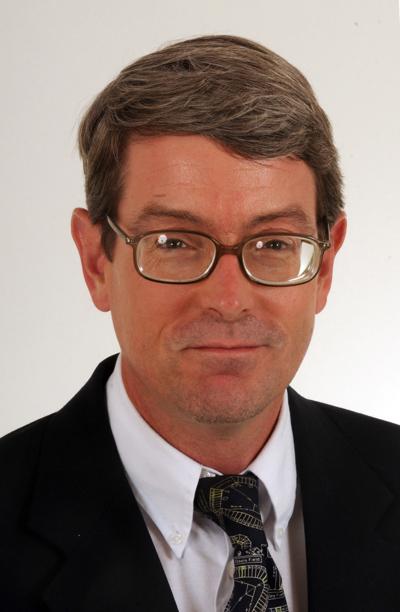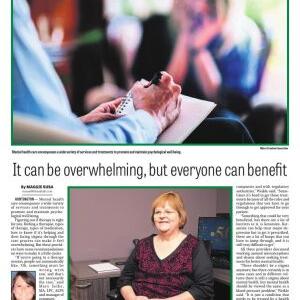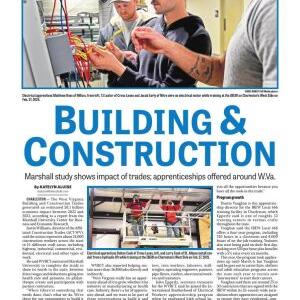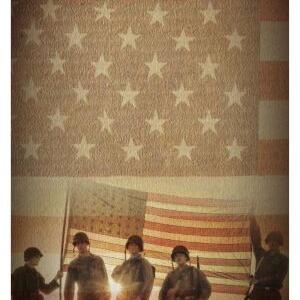The ink was barely dry on the regular session of the Legislature when Gov. Patrick Morrisey announced plans to call what sounds like a series of special sessions in the coming months.
The sessions will address issues with PEIA health insurance, education (apparently, revamping the School Aid Formula) and, presumably and inexplicably, additional tax cuts at a time when the state lacks sufficient resources to adequately provide vitally needed programs and services.
That Morrisey feels compelled to call the Legislature back into session so soon after the conclusion of the 60-day regular session is evidence of the complete and utter dereliction of duty by the governor and legislators.
Both, for instance, knew going into the regular session that PEIA affordability was a key issue facing public employees, but did nothing during the 60 days to address it. Zilch. Nada.
Foster care? Legislators did manage to pass a bill setting up a team to review deaths of foster children in state custody (House Bill 2880) �����Ƶ� while Morrisey line-item vetoed nearly $1 million of foster care funding in the state budget. Otherwise, the closest the Legislature came to dealing with the disastrous state of foster care was a bill to set up a committee to study the problem (SB 944), a bill that died on the last night of the session.
The lack of potable drinking water in much of the southern coalfields? Crickets, although the Legislature did see its way clear to pass legislation weakening water quality standards statewide (HB 2233).
That childcare is unavailable or unaffordable for many working couples? The Legislature couldn�����Ƶ�t be bothered.
Measures to encourage economic development, increase workforce participation, repair crumbling roads and infrastructure, and improve public and higher education? Maybe next year.
It�����Ƶ�s one thing to take on major issues during a legislative session and to come up short on passage, or to simply run out of time. However, this governor and Legislature didn�����Ƶ�t even bother to try.
Why? Two major reasons. One, addressing the state�����Ƶ�s most critical problems takes money, and Morrisey and the Republican legislative supermajority are hell-bent on cutting already bare-bones budgets in order to pay for corporate charity and additional tax cuts for wealthier West Virginians.
Secondly, Morrisey and a majority of legislators are unserious people, more preoccupied with appealing to their base with red herring issues and rhetorical noise than dealing with substantive issues that would improve the state economy and quality of life.
It�����Ƶ�s no surprise that Morrisey this week went to Hinton for the ceremonial signing of a bill that promotes discrimination under the guise of treating everyone as equals (SB 474), in order to demonstrate that he and the legislative supermajority are �����Ƶ�unwoke.�����Ƶ�
So let�����Ƶ�s go ahead after a disastrous sleepwalk of a regular session and spend $30,000 a day for what presumably with be multiple, multi-day special sessions, with no greater likelihood that the governor and Legislature will end up accomplishing anything of value for the people of the state.
n n n
During part of my post-session time off, I took the Cardinal and Borealis to Minneapolis-St. Paul.
St. Paul is a fresh air stop on the Empire Builder, allowing a few minutes to get off the train, and during my multiple stops there, I was intrigued by the views of the city from the station. Using Google Maps, I could see that, in addition to having the requisite number of craft breweries to justify a visit, the Minnesota State Capitol was located not far from the station.
Those of you who follow me on X know one of my hobbies is to visit state capitols, then post a picture of the building with the message, �����Ƶ�Ours is better. #W.Va.StateCapitol.�����Ƶ�
So far, I�����Ƶ�ve visited two capitols where I couldn�����Ƶ�t do that: New Mexico, simply because the building is so unique, and Minnesota.
Though significantly smaller than our Capitol, with a 220-foot dome, some 72 feet shorter than ours, the interior is spectacular, much more ornate and impressive than our Capitol.
Every alcove has statuary or busts, and artwork is predominate throughout the building, including remarkable allegorical murals in the rotunda, the result of architect Cass Gilbert commissioning the finest artists of the era to produce them.
They are incomparable to the cartoonish murals that were foisted on our Capitol rotunda under the cover of darkness by the likes of Jim Justice and Randall Reid-Smith.
I haven�����Ƶ�t done an extensive reading of Gilbert�����Ƶ�s correspondence during the design and construction of our Capitol, but I can imagine his disappointment in having to leave the interior so comparatively plain and unfinished, with alcoves bereft of statuary, and with so little in the way of artwork.
Personally, I preferred the Capitol rotunda without murals, since it contributed to the sense that the Capitol is an unfinished work in progress, a reflection of a state too poor to be able to complete its own Capitol building.
Some other observations: I was surprised to find there are no security entrances at the Minnesota Capitol. I was able to pick an entrance and walk right in, just like I used to do here, before Justice had my access card deactivated.
I also talked with a couple of doorkeepers who were opening House chambers for a budget session that was starting that day. Having watched the Legislature here go from supermajority Democrat to supermajority Republican in the course of my career, I was intrigued to learn that the composition of the Minnesota House of Representatives is dead even, with 67 Republicans and 67 Democrats (officially, the Democratic-Farmer-Labor party.)
The doorkeepers were more than happy to chat about the Capitol building, the state of politics locally and nationally, and how they manage to survive Minnesota�����Ƶ�s brutal winters. They showed a level of friendliness that I encountered constantly during my brief stay in the Twin Cities. Apparently, Minnesota Nice is a real thing.
No, I didn�����Ƶ�t have the honor of running into Gov. Tim Walz during my visit, and yes, as is the case here, the press room is in the basement of the Capitol. Unlike here, where the press room is, in fact, a single room with individual office space inside, what is referred to there as the press room actually is 15 separate offices, each occupied by a different media outlet (although I gather some smaller news outlets share offices).
Personally, I think a shared press room contributes to the collegiality of our statehouse press corps, something that would be lost if each media outlet had its own separate office.
If you happen to find yourself in St. Paul, Minnesota., I highly recommend a visit to the Minnesota State Capitol.














